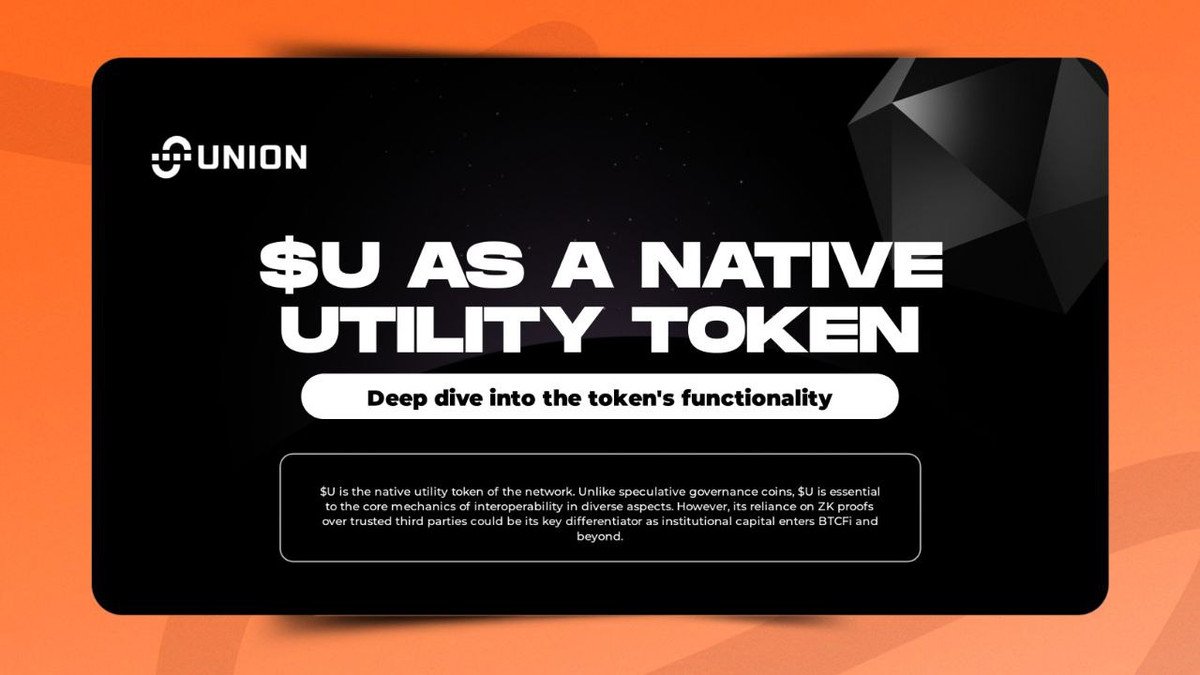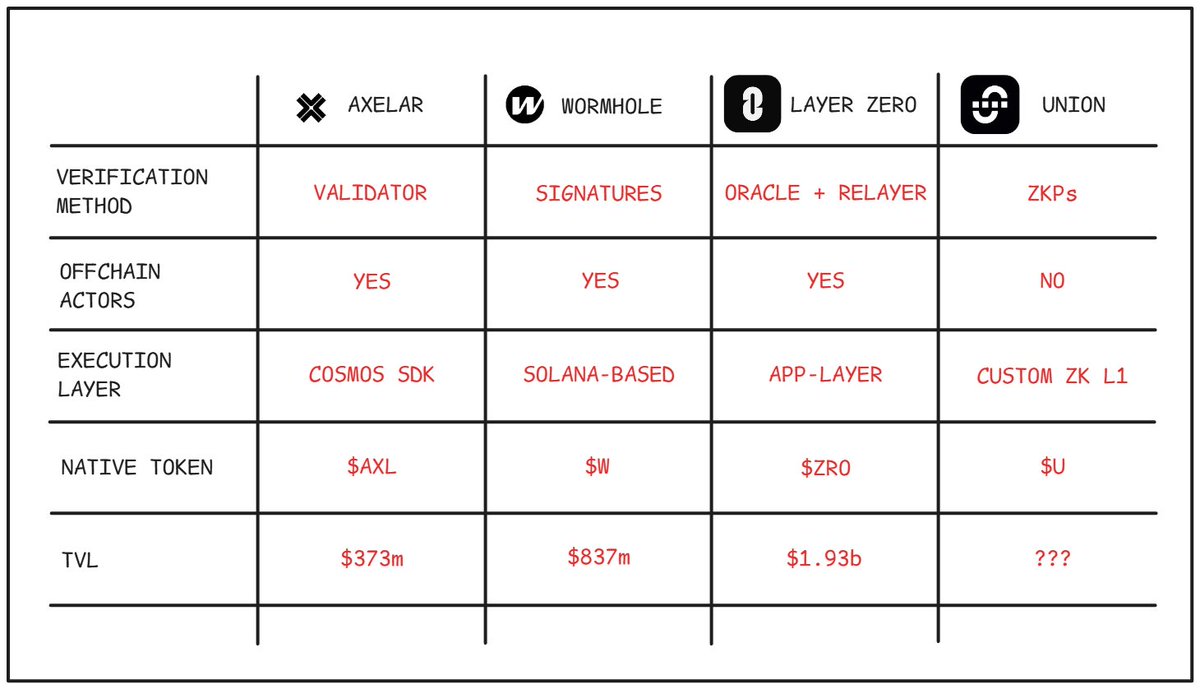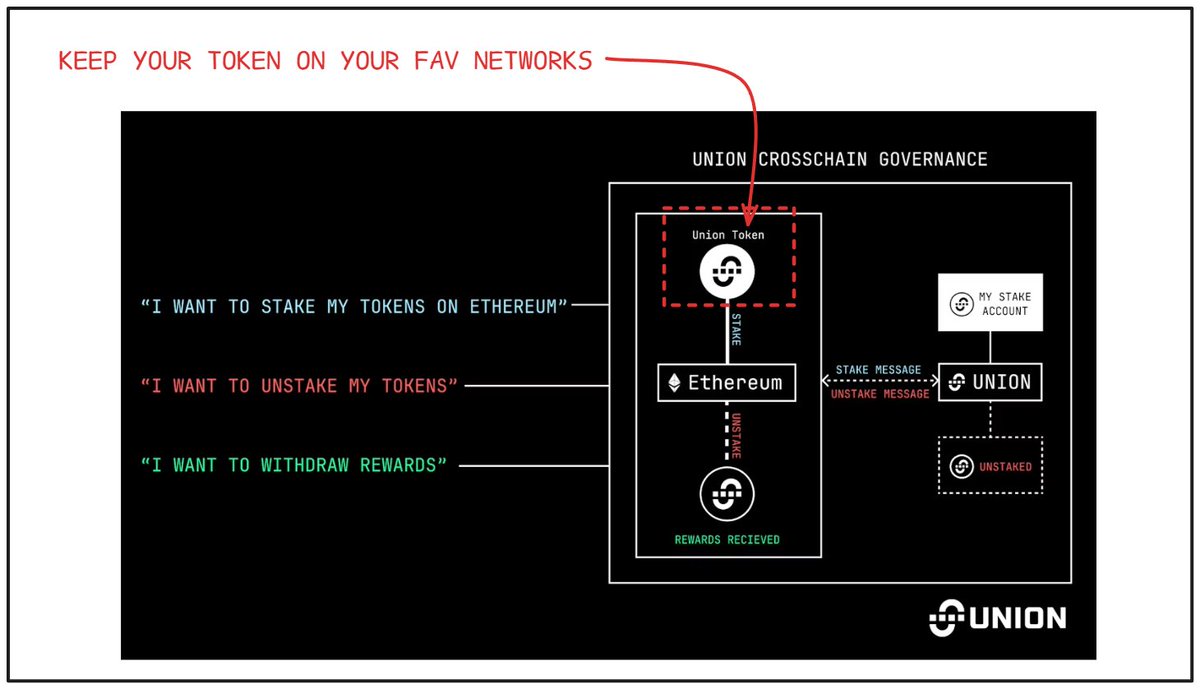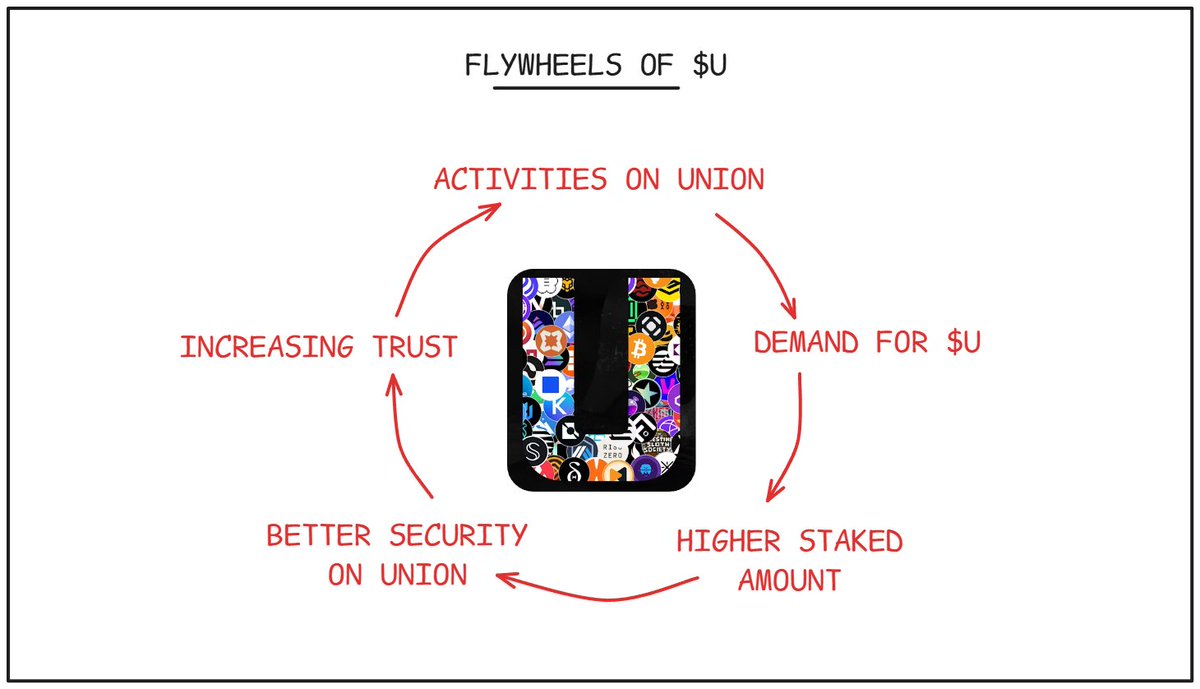Wormhole-Preis
in EUR

Über Wormhole
Haftungsausschluss
OKX gibt keine Investitions- oder Vermögensempfehlungen. Du solltest sorgfältig prüfen, ob der Handel oder das Halten digitaler Assets angesichts deiner finanziellen Situation für dich geeignet ist. Bei Fragen zu deiner individuellen Situation wende dich bitte an deinen Rechts-/Steuer- oder Anlagenexperten. Weitere Einzelheiten findest du in unseren Nutzungsbedingungen und der Risikowarnung. Durch die Nutzung der Website eines Drittanbieters („TPW“) akzeptierst du, dass jegliche Nutzung der TPW den Bedingungen der TPW unterliegt. Sofern nicht ausdrücklich schriftlich angegeben, steht OKX einschließlich seiner verbundenen Unternehmen („OKX“) in keinerlei Verbindung zum Eigentümer oder Betreiber der TPW. Du stimmst zu, dass OKX nicht für Verluste, Schäden oder sonstige Folgen haftet, die sich aus deiner Nutzung der TPW ergeben. Bitte beachte, dass die Nutzung einer TPW zu einem Verlust oder einer Minderung deiner Assets führen kann. Das Produkt ist möglicherweise nicht in allen Ländern verfügbar.
Preisentwicklung von Wormhole
Wormhole auf Social Media







Anleitungen

Erstelle ein kostenloses OKX-Konto.
Zahle Gelder auf dein Konto ein.
Wähle deine Krypto aus.
Häufig gestellte Fragen zum Wormhole-Preis
Tauch tiefer ein in Wormhole
Wormhole dient als Interoperabilitätsplattform innerhalb des Web3-Ökosystems und wurde entwickelt, um unterschiedliche Blockchain-Netzwerke zu verbinden. Es entstand als Reaktion auf die wachsende Nachfrage nach einem grundlegenden Messaging-Protokoll, das Sicherheit, Dezentralisierung und minimale Vertrauensanforderungen priorisiert. Zunächst wurde eine Verbindung zwischen Ethereum und Solana hergestellt. Die Plattform zielte darauf ab, die Lücke zwischen verschiedenen Blockchain-Umgebungen zu schließen und ein stärker vernetztes Web3-Internet zu fördern.
Die Plattform hat sich zu einem umfangreichen Netzwerk entwickelt, das die Interoperabilität von Blockchain-Systemen verbessert und das Wachstum und die Skalierbarkeit von Anwendungen ermöglicht. Wormhole hat den nahtlosen Datenaustausch maßgeblich unterstützt und zur Infrastruktur beigetragen, die das offene und sichere Internet unterstützt, das von Web3-Initiativen vorgesehen ist. Sie ist nun die führende Interoperabilitätsplattform, die von den Entwicklern von mehr als 200 Anwendungen (z. B. Uniswap, Circle, Lido) eingesetzt wird, um den Datentransfer zwischen mehr als 30 Blockchains zu erleichtern.
Wormhole-Preis und Tokenomics
Die Einführung des nativen Token von Wormhole, W, ist zentral für die Funktion des Ökosystems, fördert die Governance, ermutigt zur Beteiligung und sichert die Zukunft der Plattform. Die Tokenomics von W wurden strategisch darauf ausgelegt, sowohl den unmittelbaren Netzwerkanforderungen als auch dem langfristigen Ausbau der Plattform gerecht zu werden.
Das Gesamtangebot von W ist auf 10 Milliarden Token begrenzt, wobei zunächst 1,8 Milliarden im Umlauf sind. In Übereinstimmung mit den ERC20- und SPL-Standards sind W-Token auf Interoperabilität ausgelegt und nutzen den nativen Token-Transfer-Standard von Wormhole, um reibungslose Cross-Chain-Transaktionen zu gewährleisten. Um die Stabilität des Netzwerks zu stärken und ein langfristiges Engagement zu fördern, werden ursprünglich 82 % der W-Token gesperrt, die dann schrittweise über einen Zeitraum von vier Jahren verfügbar werden sollen. Die Token werden sorgfältig zur Unterstützung verschiedener Facetten des Ökosystems zugewiesen:
- Wächterknoten: 5,1 %, ein integraler Bestandteil für die Sicherheit des Netzwerks, ist an der Nachrichtenverifizierung beteiligt.
- Community und Einführung: 17 %, die unter anderem durch Airdrops der Interaktion und Belohnung der Community gewidmet sind.
- Zentrale Mitwirkende: 12 %, die den Teams zugewiesen wurden und sich auf Sicherheit, Engineering und Produktentwicklung konzentrieren.
- Ökosystem und Inkubation: 31 %, um das strategische Wachstum und die Beiträge zum allgemeinen Wormhole-Ökosystem zu unterstützen.
- Teilnehmer:innen des strategischen Netzwerks: 11,6 %, reserviert für Teilnehmer:innen mit einem langfristigen Interesse am Netzwerk.
- Stiftungs-Treasury: 23,3 %, für zukünftige Forschungen, Community-Zuschüsse und Betriebskosten, verwaltet von der Wormhole-Stiftung.
Jede Kategorie steht für das Engagement von Wormhole, einen ausgeglichenen und umfassenden Ansatz für die Tokenomics zu entwickeln, der eine breite Verteilung fördert, die der Vision einer vernetzten Web3-Infrastruktur entspricht.
Über den Gründer und die Stakeholder
Die Einführung und das Wachstum von Wormhole kann auf ein Kollektiv von dezentralen Teams zurückgeführt werden, jedes mit Fachwissen in verschiedenen Bereichen, die für den Erfolg der Plattform entscheidend sind. Zu den Hauptbeitragsleistern von Wormhole gehören die Wormhole Foundation, Wormhole Labs und xLabs. Weitere Spezialteams, wie Wormhole China und Superteam, sowie ZK-Ingenieure wie Lurk spielen ebenfalls eine Schlüsselrolle.
Das Ökosystem von Wormhole wird durch ein vielfältiges Netzwerk von Stakeholdern unterstützt, das unter anderem Wächterknoten, zentrale Mitwirkende und strategische Netzwerkteilnehmer umfasst. Diese Unternehmen arbeiten zusammen, um die Dienste von Wormhole zu unterhalten und zu steuern und betonen die kollektive Strategie der Plattform für die Ermöglichung Chain-übergreifender Kommunikation.
Wormhole Governance und DAO
Wormhole wandelt sich zu einem Token-basierten Governance-Modell, das W-Token-Inhaber:innen mit Entscheidungsberechtigung stärken soll und sich auf die Verteilung von Community- und Treasury-Management nach dem Token konzentriert. Dadurch soll das kollektive Potenzial der Wormhole-Community genutzt werden, um die Herausforderungen und Möglichkeiten des Multichain-Ökosystems effektiv zu bewältigen.
Die Governance-Struktur wird sich weiterentwickeln und gewährt DAO mehr Kontrolle über operative Entscheidungen, einschließlich Blockchain-Verbindungen, Smart-Contract-Upgrades und Gebührenanpassungen. Aus der Zusammenarbeit zwischen zentralen Mitwirkenden und der Community von Wormhole wird eine transparente und integrative Roadmap für eine vollständige Dezentralisierung entstehen, die eine Übereinstimmung mit den Interessen der Community gewährleistet.
Wormhole-Highlights
- Breite Annahme: Von den Entwicklern von mehr als 200 Anwendungen genutzt, wie z. B. namhafte DApps wie Uniswap, Circle, Lido oder Synthetix.
- Umfassende Reichweite: erleichtert die Übertragung verschiedener Datentypen über mehr als 30 Blockchains.
- Beeindruckendes Volumen: Hat mehr als 1 Milliarde Multichain-Nachrichten verarbeitet, was den hohen Nutzen und das Vertrauen der Plattform in der Blockchain-Community spiegelt.
- Uniswap Foundation Endorsement: 2023 wurde die Auszeichnung als einziges vorbehaltloses Cross-Chain-Protokoll des Bridge Assessment Committee der Uniswap Foundation entgegengenommen.
ESG-Offenlegung




































